Hamas receives financial support from a number of countries that support it, and it also earns a large amount of money by taxing goods.
Hamas's large-scale raid on Israeli territory last weekend has raised many questions about how a force believed to be irregular and operating in an area blockaded by Israel and Egypt could attack a country known for its superior weapons and intelligence capabilities.
According to observers, behind Hamas' persistent attacks on Israel, which have occurred since 2007, is an abundant financial capacity coming from many sources such as sponsorship money, humanitarian aid or taxes on goods entering Gaza.
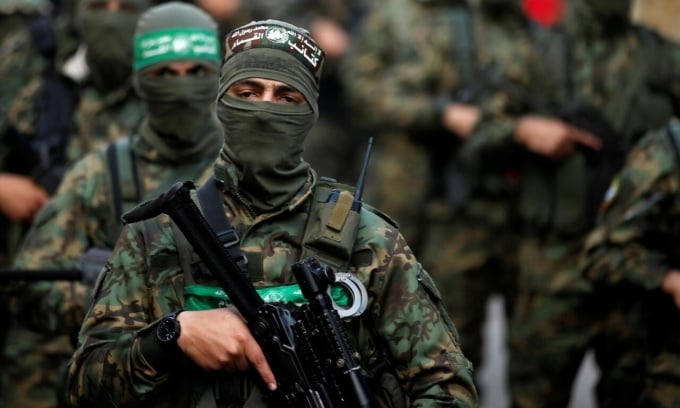
Hamas gunmen during a parade in Gaza in May 2021. Photo: Reuters
Iran provides up to $100 million annually to support Palestinian militant groups, primarily Hamas, according to a 2020 US government report.
In 2019, an Israeli television network reported that Iran had agreed to sharply increase monthly payments to Hamas in exchange for intelligence on Tel Aviv's missile capabilities.
Accordingly, during a meeting in Tehran between Hamas officials and Iran's supreme leader Ayatollah Ali Khamenei, Iran is said to have expressed its willingness to increase monthly financial support for Hamas to an unprecedented level of $30 million per month.
Last year, senior Hamas official Ismail Haniyeh admitted that they and Iran were cooperating fully to “confront the common enemy, Israel.” Ismail said Tehran had spent about $70 million just to counter Tel Aviv, including developing missile arsenals and defense infrastructure in Gaza.
Many US Republican leaders have also expressed skepticism that the US-Iran prisoner swap, in which the US agreed to release $6 billion to Iran in September, helped fund Hamas’ latest attack on Israel. However, US Secretary of State Antony Blinken said Iran “has not yet been able to spend a single penny” of the $6 billion because the funds have not been unfrozen.
Iran is considered Hamas's biggest sponsor, but other countries such as Turkey and Qatar have also hosted top Hamas leaders. However, both deny funding Hamas' military activities.
According to a 2021 investigation by German media outlet DW , Qatar has transferred $1.8 billion to Hamas. In theory, the aid is intended to pay salaries for officials in the Gaza Strip, for development work, and for humanitarian aid. But because Hamas is not transparent about its spending, it is difficult to track where the money goes.
In addition to funding from some governments, a significant amount of money flows to Hamas from Islamic charities, mainly in the Gulf countries. The ultimate use of this money is also unclear.
Israel's Shin Bet internal security agency arrested a Palestinian employee of a Turkish government-run humanitarian program on suspicion of transferring money to Hamas in 2017. In 2020, the US discovered that an Istanbul-based foreign bank was involved in a Hamas-funding money transfer network.
As Cairo imposes a blockade on Gaza, Hamas has made money by taxing goods from Egypt that pass through a complex network of tunnels into the territory it controls. According to a report by the US-based Council on Foreign Relations (CFR), this network has brought staples such as food, medicine, and cheap natural gas for electricity into Gaza, as well as construction materials, cash, and weapons.
The report also said that after Egyptian President Abdel Fatah al-Sisi came to power in 2013, Cairo became hostile to Hamas, which is seen as having close ties to its main domestic rival, the Muslim Brotherhood.
The Egyptian military has closed most of the tunnels that have infiltrated its territory as it battles an Islamic State affiliate in the Sinai Peninsula. Egypt only began allowing some commercial goods into Gaza through the Rafah border crossing in 2018.
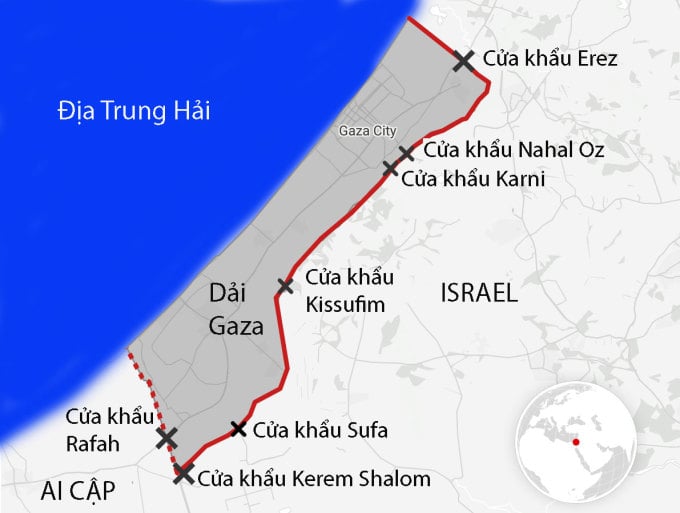
Location of the Gaza Strip with Egypt and Israel. Graphic: datawrapper
According to CFR, as of 2021, Hamas is believed to have collected up to $12 million per month from tariffs on Egyptian goods imported into Gaza.
A 2021 report by Al-Monitor news site cited a well-informed source as saying that the items that yield the highest tax benefits for Hamas are fuel, tobacco, molasses, cooking gas and construction materials.
About 4 million packs of cigarettes are brought into Gaza from Egypt every month, and Hamas imposes a tax of about $1.54 per pack, meaning $6.2 million goes into Hamas' coffers every month on this item alone.
In addition, about 9 million liters of fuel are also transferred to the Gaza Strip each month, and Hamas imposes a tax of 0.46 USD per liter. Thus, Hamas's treasury receives 4.16 million USD from this source every month.
Gaza has a population of about 2.3 million. Since being blockaded by Egypt and Israel, the region’s economy has been largely dependent on foreign aid. It is believed that for years, Prime Minister Benjamin Netanyahu’s administration has loosened controls on the flow of money and people across the border to prevent Hamas from collaborating with Fatah, the other Palestinian group in the West Bank.
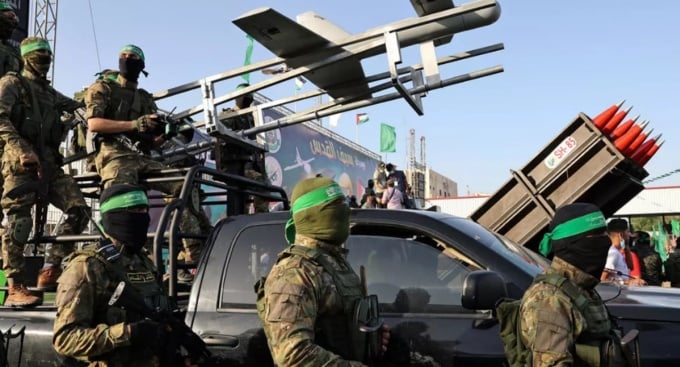
Hamas gunmen display weapons during a parade in Gaza in 2021. Photo: AFP
Hamas fired thousands of rockets at Israel in an attack on October 7 and has continued to attack in recent days. It has amassed a large arsenal of rockets with increasing ranges over the years.
Israeli intelligence estimates that Hamas, Islamic Jihad and other Palestinian militant groups possess about 30,000 rockets and mortars in Gaza. These rockets lack guidance systems, but Hamas fighters have been able to improve their accuracy.
Hamas is also believed to be able to manufacture its own rockets by smuggling parts, using water pipes collected from abandoned Israeli settlements, or extracting components from unexploded bombs dropped by Tel Aviv in the area.
Because Hamas operates in Gaza, it can hide activities such as weapons production in civilian buildings that Israel does not want to bomb, which is a barrier to Israel's surveillance capabilities.
Hamas' creation of social infrastructure and welfare networks in Gaza is also seen as part of its plan to conceal and finance its military operations.
Hamas also pays significant sums to the families of fighters who have died or been imprisoned by Israel. It is estimated that the group has 20,000-25,000 members, including thousands of highly trained fighters in the Izz al-Din al-Qassam Brigades, Hamas’s elite fighting force.
Vu Hoang (According to Economic Times )
Source link


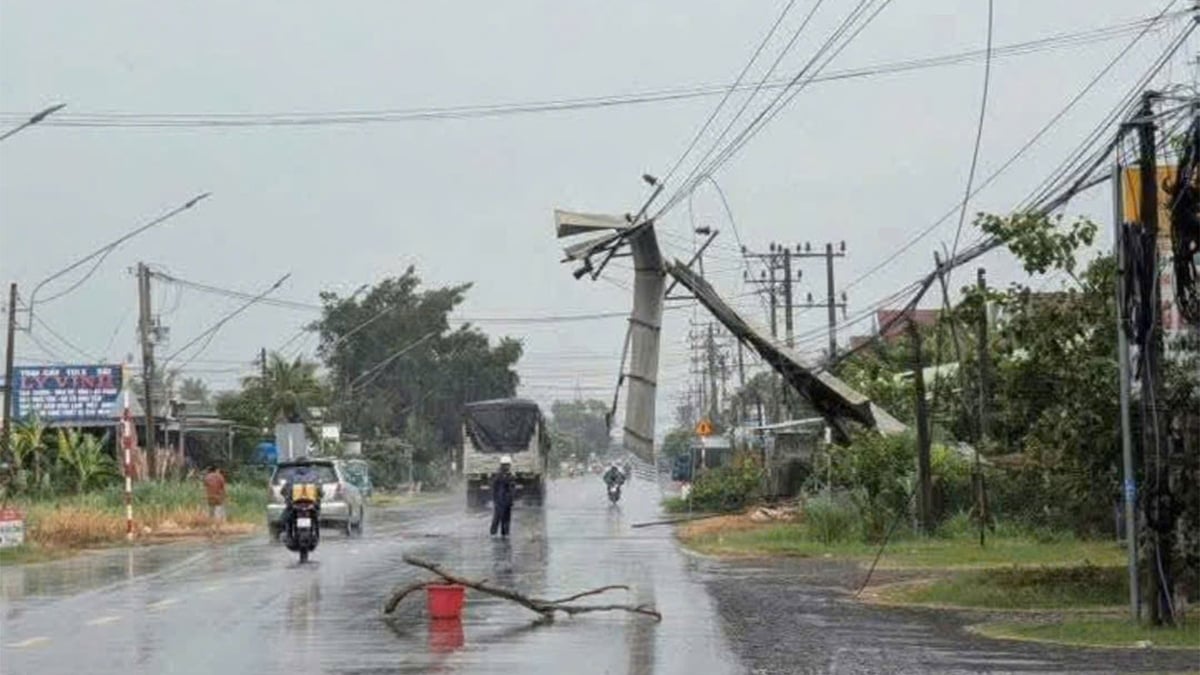
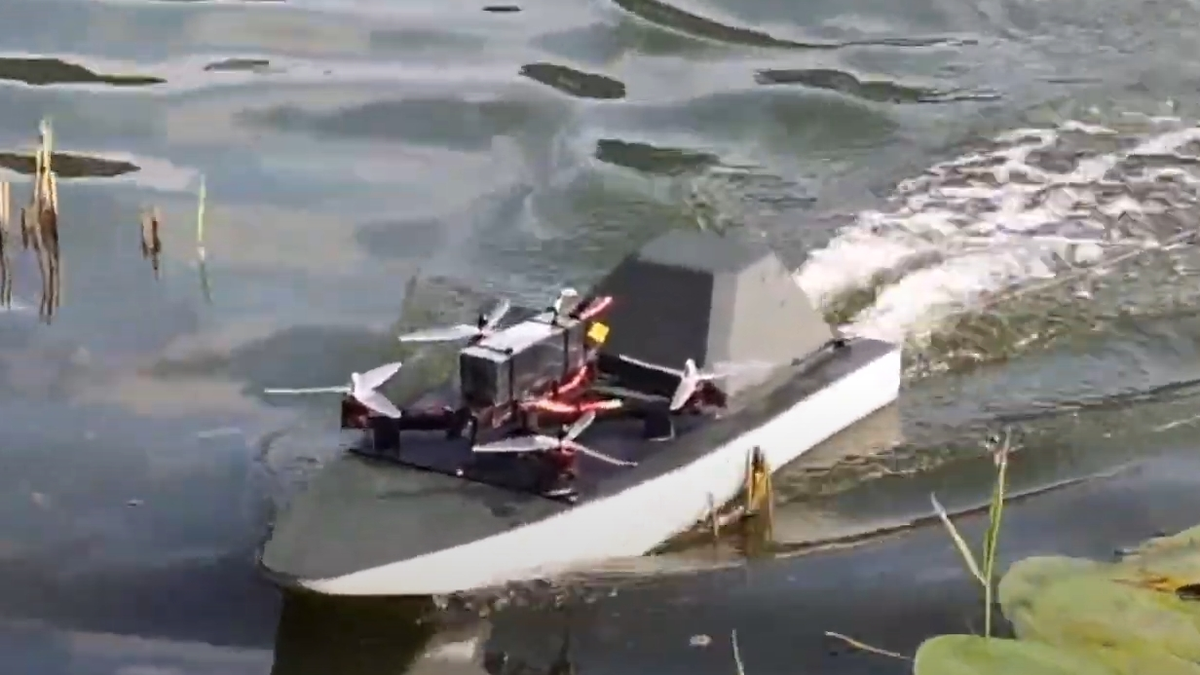
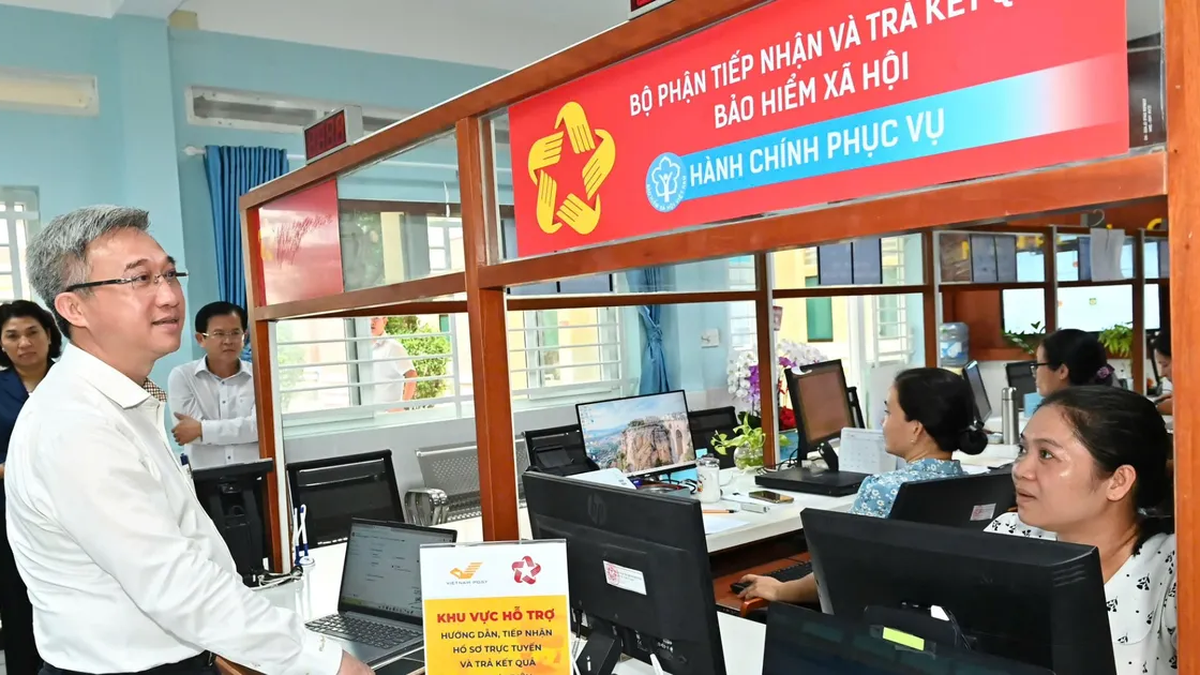

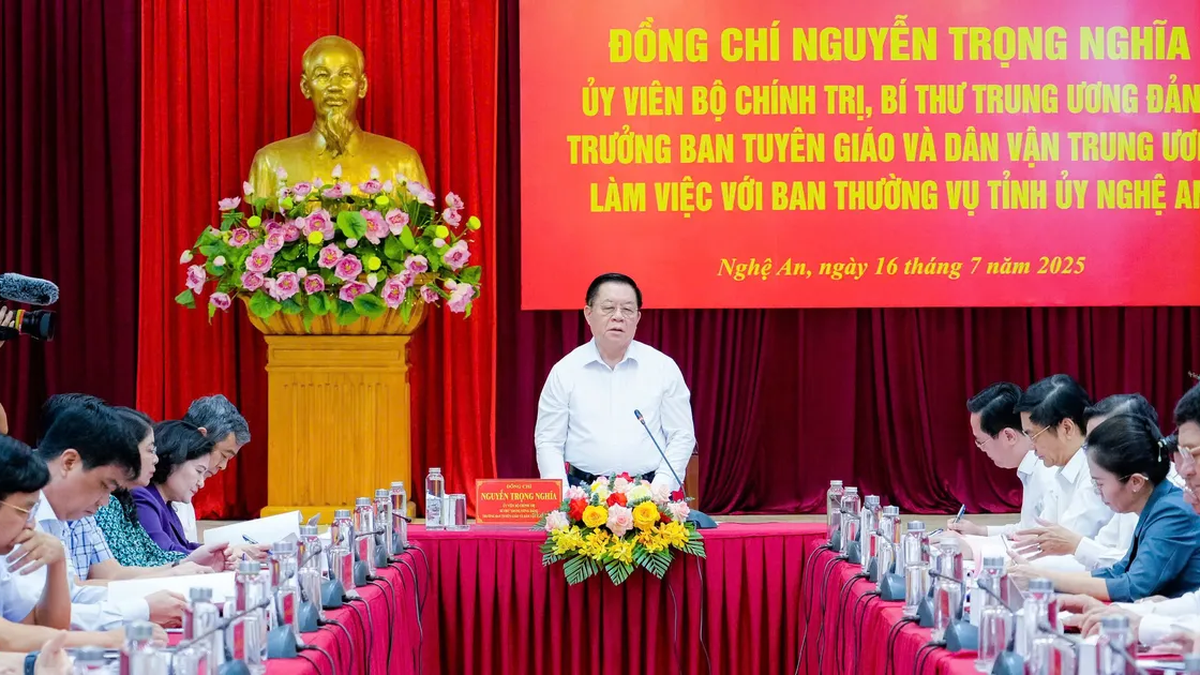
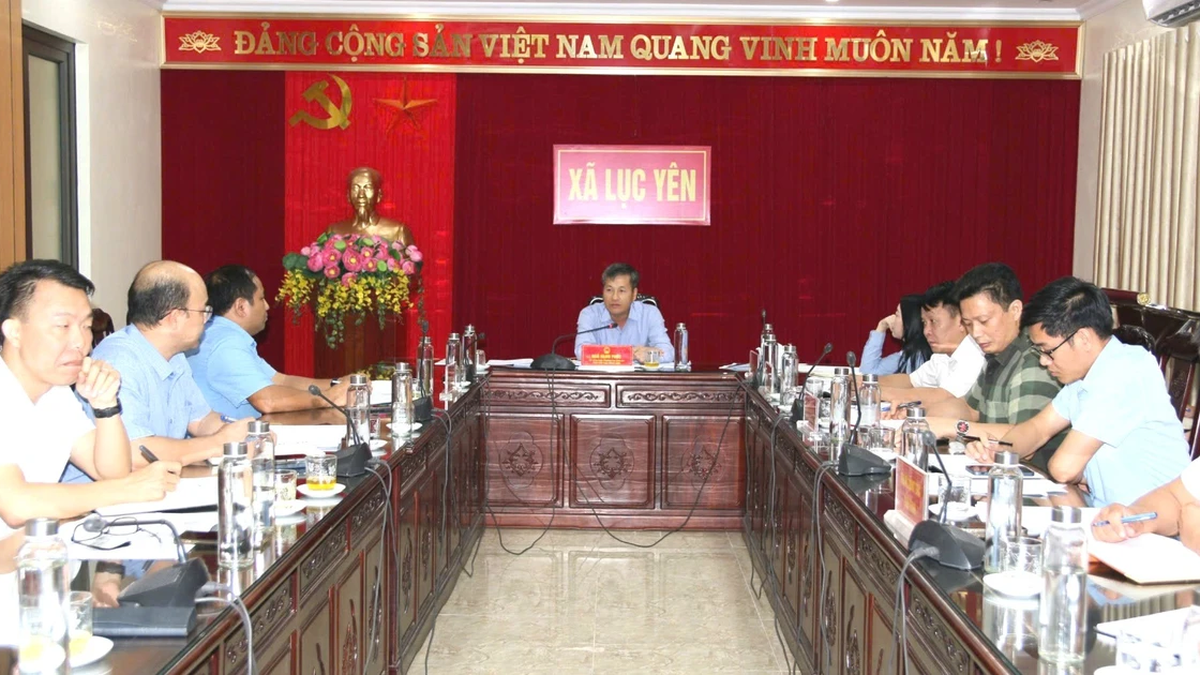
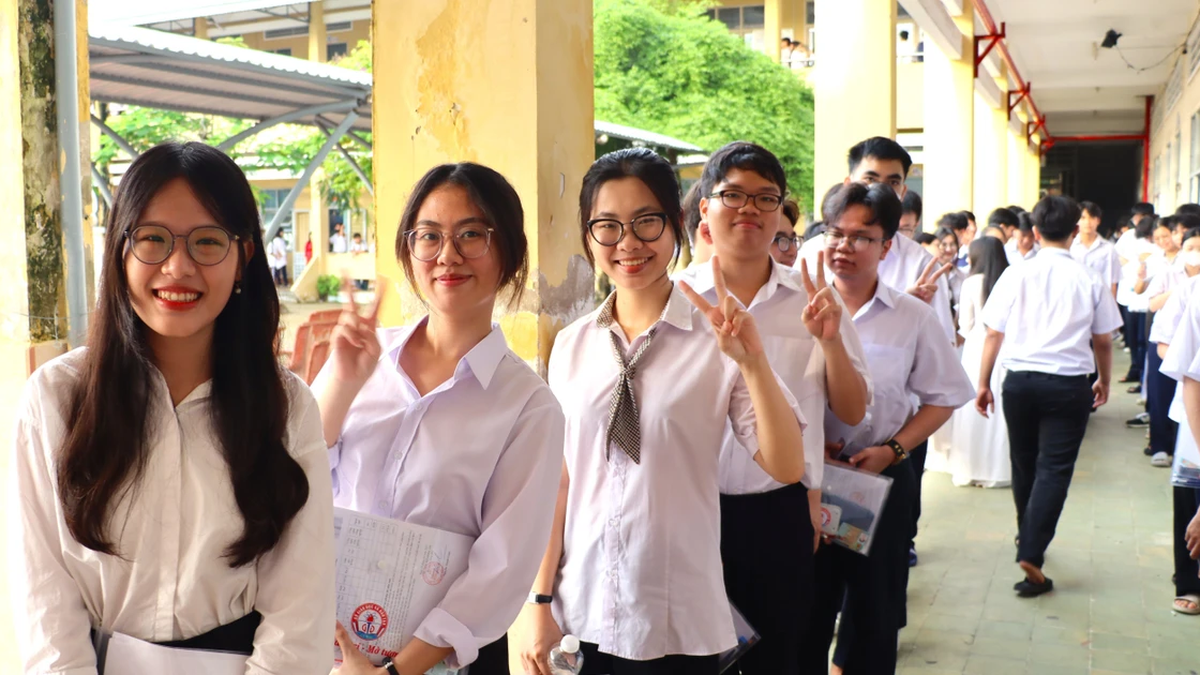











































![[Maritime News] More than 80% of global container shipping capacity is in the hands of MSC and major shipping alliances](https://vphoto.vietnam.vn/thumb/402x226/vietnam/resource/IMAGE/2025/7/16/6b4d586c984b4cbf8c5680352b9eaeb0)













































Comment (0)